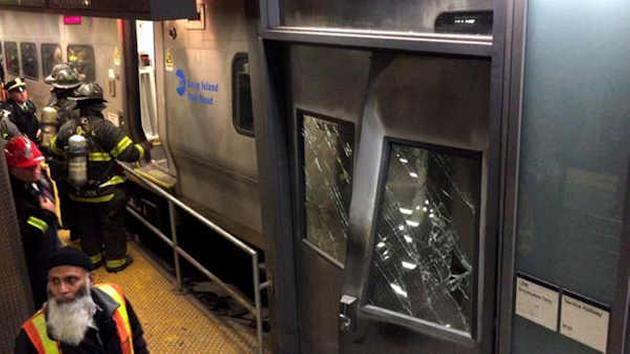http://abc7ny.com/news/senators-seeking-review-on-sleep-apnea-tests-for-train-conductors/1692445/
Sleep apnea is something we hear a lot about. It’s a condition where the airways collapse during sleep and breathing becomes obstructed. Snoring is very common in apnea patients.
Sleep apnea becomes dangerous when the snoring is so loud and raucous, that the airway collapses completely, and breathing actually stops. Blood oxygen levels drop. The brain and the heart now compete for that precious oxygen, and the brain stimulates harsh breathing that can shake the walls of the house and frighten a bed partner – all without waking up the apneic patient. For the patient with borderline heart problems, an apneic episode can potentially lead to a heart attack in the middle of the night. The other concern for those with the dangerous form of sleep apnea is their chronic fatigue from not sleeping well. This is especially worrisome in individuals who operate heavy equipment or drive trucks long distances.
Most patients who snore do not have the dangerous form of sleep apnea. They may have fatigue at times, but rarely does it interfere in work. The snoring however can be a real issue for spouses, families, and travel companions.
Since most problems related to snoring and sleep apnea are related to obstruction in the head and neck, an examination by an ear, nose & throat specialist is always important. For example, allergies contribute to snoring. Diagnostic sleep studies today can be performed at home and visits to sleep centers become helpful in more complicated patients. This single most important factor in sleep apnea is weight. A small amount of weight gain and apnea gets worse. Likewise, a small amount of weight loss and apnea gets better.
Treatments and procedures for snoring and sleep apnea vary depending on the severity of the apnea, loudness and vibratory characteristics of the snoring, and any other contributing factors. There are always choices and options to consider.

Sorry, comments are closed for this post.